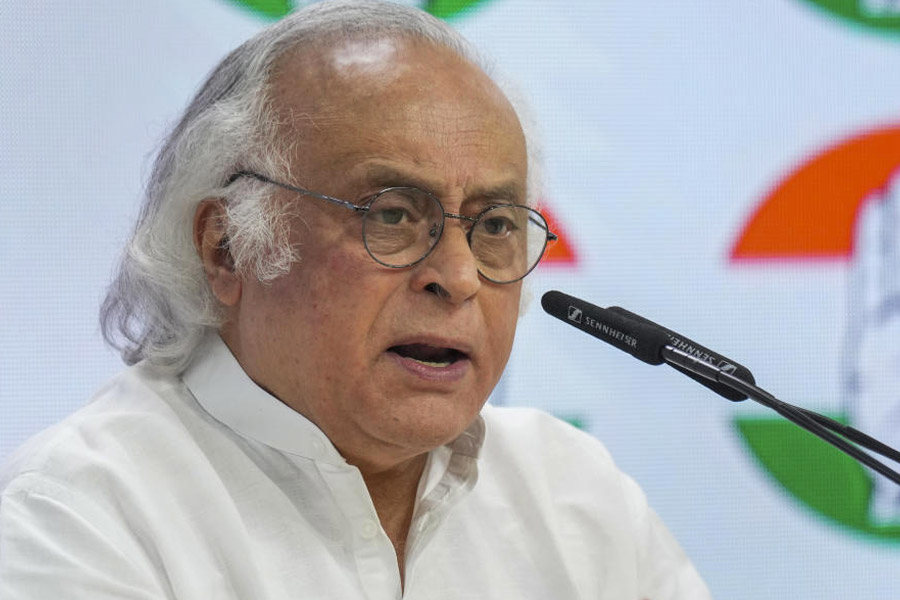New Delhi, Jan. 18: Nearly 20,000 educational institutions across the country will have to follow a uniform advanced accounting procedure from 2013 in a step aimed at bringing in transparency.
Union HRD minister Kapil Sibal today said nearly hundred central higher education institutions, 10,000 engineering and management colleges approved by the All India Council of Technical Education, 1,000 B.Ed colleges and 10,000 schools affiliated to the Central Board of Secondary Education will follow accrual-basis accounting.
At present, there is no uniform accounting method — some institutions follow the traditional cash basis method, the rest the accrual system.
“The accrual basis of accounting is considered the best method of maintaining accounts across the world. This method ensures transparency,” Sibal said.
Under the cash basis of accounting, transactions are recorded when the cash receipts or payments take place. So the revenue of educational institutions, such as donations, grants etc, is recognised when the funds are actually received. Similarly, expenses on acquiring or maintaining assets or staff salaries are recorded when the payments are made.
But under the accrual system, transactions are recorded in a way that revenue, expenses, assets and liabilities are reflected in the period in which they accrue.
“For example, the accounts will record if the organisation raises a sale invoice for which the actual payment may not come immediately. The invoice will be considered as revenue of the organisation even before getting the actual payment,” said G. Ramaswamy, president of Institute of Chartered Accountants of India.
Sibal said that the ministry will also recommend this accounting method to the state governments.
The accrual basis procedure will enable the institutes to define revenue earned through various sources such as tuition fees, consultancy and intellectual property and to recognise costs and revenue separately for various courses. This will clearly show how much surplus is made and what portion of income is spent on education activities.











